Joby’s certification and financial prospects look POSITIVE
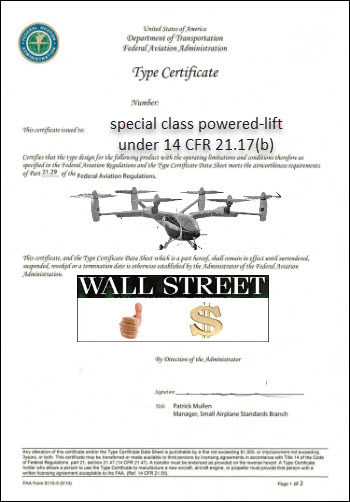
Below are two informative articles about “powered-lift” vehicles under a “special class” process defined in 14 CFR 21.17(b). The first scrutinizes the FAA’s SEMINAL STANDARD for issuing a TYPE CERTIFICATE. The second paper looks at the new criteria, assesses the Joby design and issues a “BUY” recommendation in the author’s book.
The dollars invested in an aircraft design exceed seven figures and multiples thereof, particularly when the proposed vehicle involves innovation. The uber expensive drawings and supporting tests are worthless UNLESS and UNTIL the FAA issues a TYPE CERTIFICATE.
The FAA’s determination of a proposed aircraft has tended to rely on historical data and analyses. The airworthiness staff struggles when an applicant includes significant new technologies for which there is little or no history. For example, the FAA’s record of approving the design and operations of drones/UASs is one of experiential accretion- with flight hours booked, the FAA advanced the operating parameters of these new aerial vehicles.
The story of the FAA’s position on eVTOLs follows that same path. Its certification construct has evolved—first judging these “aerial taxis” as though they were a Normal Category Aircraft under Part 23. After further reflection the FAA airworthiness staff shifted to a certification basis for these “powered-lift” vehicles under a “special class” process defined in 14 CFR 21.17(b). The paper works the reader some of the details of this change.
The second paper looks at the Joby’s prospects from a financial perspective and the author’s insights are useful.
The aerial taxi market is filled with technical, operational, and financial risks. These opinions suggest that Joby may be on the right path.
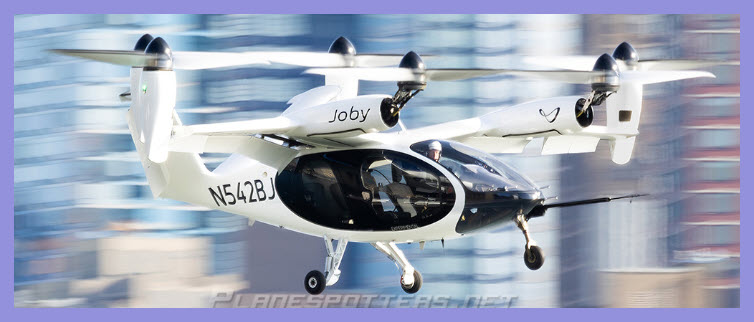
+++++++++++++++++++++++++++++++++++++++++++++++++++++++++++++
FAA FINALIZES AIRWORTHINESS CRITERIA FOR JOBY’S EVTOL AIRCRAFT
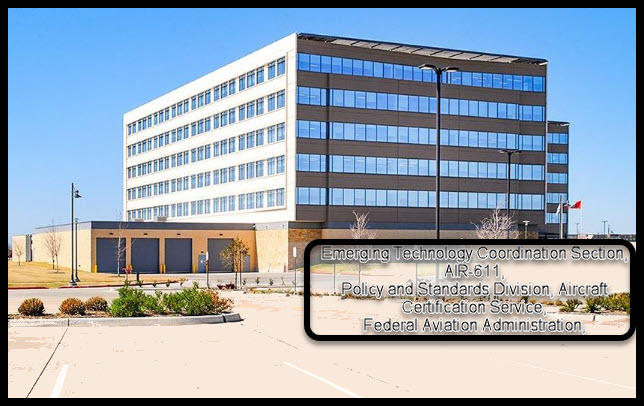
IN A KEY MILESTONE FOR THE U.S. EVTOL INDUSTRY, the FAA has published its final airworthiness criteria for Joby Aviation’s five-seat JAS4-1 air taxi in the federal register. This marks the first time the FAA has settled on the airworthiness criteria for any passenger-carrying eVTOL aircraft, providing a framework that other eVTOL aircraft developers can leverage as they seek type certification for similar vehicles.
California-based Joby finished submitting its certification plans for the JAS4-1 model to the FAA last July. On February 21, the company announced that the FAA had approved those certification plans, marking the completion of the third of five stages in its certification process. The company has already gotten a head start on the fourth stage, which involves thousands of tests and inspections in accordance with those FAA-approved plans. It expects to have the aircraft certified and in service by the end of 2025.
The FAA intends to certify eVTOL aircraft such as Joby’s as “powered-lift” vehicles under a “special class” process defined in 14 CFR 21.17(b)—a significant deviation from its original strategy of using Part 23 rules for small airplanes with special conditions. Because there are no established powered-lift airworthiness standards, the FAA must approve special airworthiness criteria for every eVTOL model on a case-by-case basis via a G-1 issue paper.
Joby and the FAA agreed on a G-1 certification basis in 2020, making the company the first eVTOL developer to reach this regulatory milestone. However, the air safety agency switched over to 21.17(b) rules in May 2022, and because Joby had not completed its type certification in the allotted three-year period, it needed to update its certification basis and apply for an extension, which the FAA granted.

The FAA published its proposed airworthiness criteria for Joby’s aircraft in the federal register in November 2022, opening it up for public comment. That document proposed some new performance-based airworthiness criteria, which the FAA developed “because no existing standard captured the powered-lift’s various flight modes and electric engines, and some unique characteristics of their propellers.”
Harmonizing with European Regulator EASA
In the issuance of its final airworthiness criteria for Joby’s eVTOL aircraft, the FAA made a few amendments based on public feedback. Notably, the agency is MAKING AN EFFORT TO HARMONIZE its certification approach with more stringent rules that the European Union Aviation Safety Agency (EASA) is developing. According to the document, the FAA met with EASA representatives from October 31 through November 2 to promote “harmonization activities between EASA and FAA on the requirements and means of compliance for type certification of powered-lift/VTOL aircraft generally.”
Although these discussions did not pertain specifically to Joby’s aircraft, the FAA noted that it updated Joby’s proposed airworthiness criteria as a result. It has added the sentence: ‘‘The applicant must PREVENT SINGLE FAILURES from resulting in a catastrophic effect upon the aircraft.” This is meant to clarify the fact that, although the FAA allows single-point failures in an aircraft’s design—which EASA prohibits—there must be safety provisions in place to prevent such a failure from leading to a catastrophic impact.
FAA Adds “Increased Performance” Option
During the public comment period, EASA and several other participants also requested “the establishment of a higher safety target.” This prompted the FAA to introduce OPTIONAL ‘‘INCREASED PERFORMANCE’’ APPROVAL FOR aircraft that meet “higher performance standards for continued flight under certain failure conditions.” It thereby also had to define the baseline safety target for “essential performance.”
Joby can seek approval for the aircraft as having ESSENTIAL PERFORMANCE, INCREASED PERFORMANCE, OR BOTH, depending on the operations. This is similar to EASA’s use of “category basic” and “category enhanced” approvals, although the FAA notes that “differences remain.”
“INCREASED PERFORMANCE is a higher level of safety that guarantees fly-away capability after any failure not shown to be extremely improbable,” the document states. “ESSENTIAL PERFORMANCE does not require the aircraft to have the capability to land at the planned or an alternate landing site as is required for increased performance.”
The final document clarifies and consolidates the requirements for addressing various aircraft failure scenarios that could lead to a loss of thrust. It also adds the expectation that Joby’s eVTOL aircraft will be “capable of a controlled emergency landing following any condition where the aircraft can no longer provide the commanded power or thrust required for continued safe flight and landing.”
NO BIRD DETERRENTS REQUIRED
The FAA has scratched its proposed requirement for a bird deterrent system on the aircraft, citing insufficient data showing that such devices actually help to prevent bird strikes. However, the agency noted that it “encourages applicants such as Joby to consider voluntary implementation of these systems or similar bird deterrence mitigations, as good design practice.”
According to the final airworthiness criteria, the eVTOL aircraft must still be capable of safely withstanding a collision with a 2.2-pound bird, which is a requirement for transport category rotorcraft. Likewise, the propellers must be able to endure a collision with a 4-pound bird.
Last week, Joby announced it has acquired an existing manufacturing facility at Dayton International Airport in Ohio. This site adds to the company’s existing footprint in Dayton and will be used for manufacturing aircraft parts to be supplied to Joby’s pilot production line in Marina, California.

+++++++++++++++++++++++++++++++++++++++++++++++++++++
Why Joby Aviation Is One Flying Car Stock That Won’t Disappoint
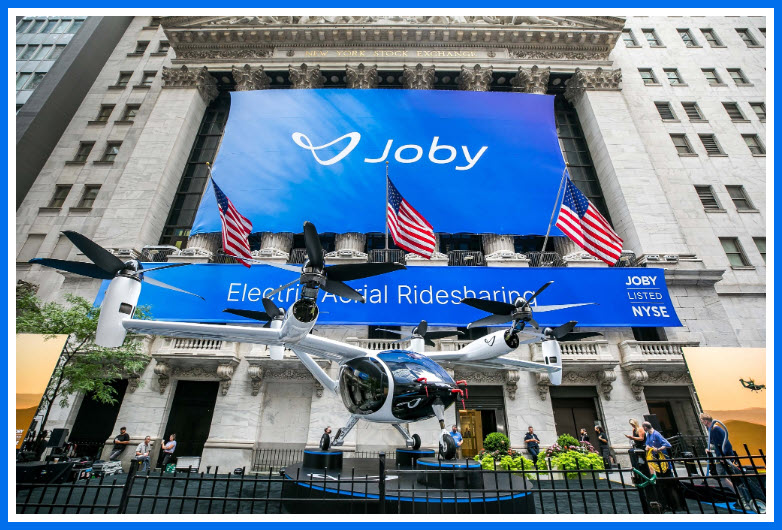
The urban mobility sector teeters on revolution, promising a multi-billion-dollar market with pivotal investment, regulatory leniency, and consumer interest. Comparable to the EV industry’s growth, the flying car or vertical aviation market, led by companies like Joby Aviation stock, envisions scalable electric vertical takeoff and landing (eVTOL) aircraft for short-distance travel.
Understanding that eVTOLs, or “flying cars,” represent emerging technologies, it’s evident that regulatory approval is paramount as these vehicles enter the market. Joby has made notable progress, securing FAA certification for its propulsion system in early February.
Subsequently, JOBY stock achieved a SIGNIFICANT MILESTONE by becoming the FIRST EVTOL company to complete the THIRD STAGE of the FAA-type certification process last February. This progress signals promising prospects for Joby’s share price as it moves closer to full-type certification.
Despite JOBY’s modest stock value of around $5 per share, here are three compelling reasons to invest now.
Final Guidelines Released
The Federal Aviation Administration issued final airworthiness criteria for Joby Aviation’s eVTOL aircraft, a first for the US air taxi segment. JOBY’S MODEL JAS4-1 POWERED LIFT GAINED certification without requiring design changes, marking a milestone in the company’s pursuit of type certification. The FAA’s ruling also sets a precedent for other eVTOL developers following Joby’s lead.
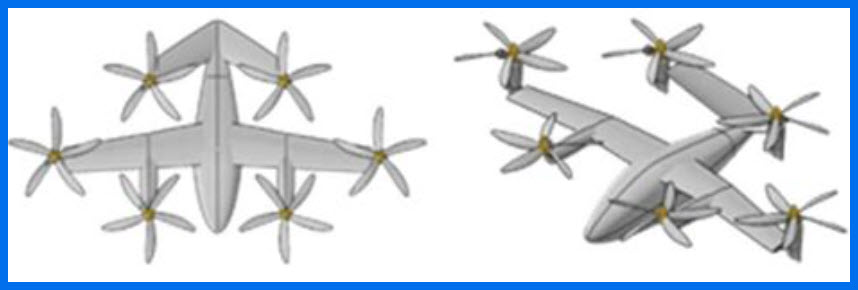
Joby’s all-electric aircraft, the JAS4-1, boasts a maximum gross take-off weight of 2,177kg (4,800lb) and features six tilting rotors on a conventional wing and a V-tail, all constructed from composite materials. Designed for ONE PILOT AND FOUR PASSENGERS, it serves commercial air taxi and defense purposes. The FAA classifies eVTOLs as powered-lift vehicles, requiring unique airworthiness criteria for each model.
The Model JAS4-1 combines rotorcraft capabilities for take-off and landing with airplane functionalities for cruising, utilizing electric engines to power six five-bladed composite variable-pitch propellers.
Hiring for Dayton Facility
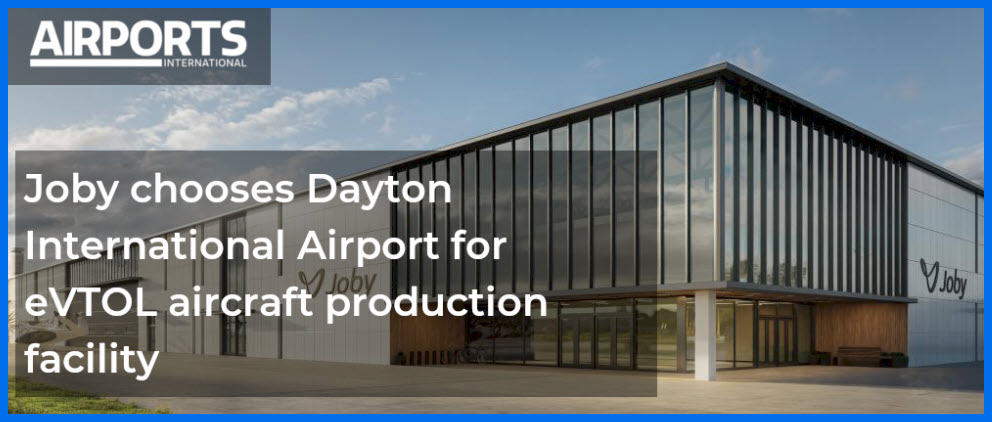
Last March 5, JOBY stock commenced hiring for its Dayton operations, securing a vacant facility at Dayton International Airport for aircraft part manufacturing. The California-based company, specializing in electric air taxis, aims to produce up to 500 aircraft annually.
Converting the former U.S. Postal Service facility into a high-tech manufacturing center, Joby plans to start subtractive manufacturing of titanium and aluminum aircraft parts later this year. Didier Papadopoulos, Joby’s president of aircraft OEM, emphasized the growth of their Dayton workforce.
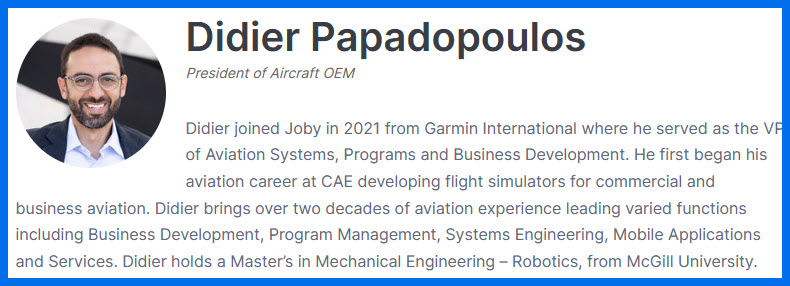
Joby intends to construct more extensive facilities on unused land at Dayton airport, adjacent to the acquired postal service building. The Dayton City Commission recently endorsed a ground lease with Joby for the former post office structure.
Negotiations continue between Joby and city officials regarding approximately 140 acres of neighboring vacant land. Joby plans to renovate the building independently without city assistance.
In September, Joby revealed Dayton as the chosen location for its expanded manufacturing hub, pledging a $500 million investment and the potential creation of 2,000 jobs.
Extensive Growth
JOBY stock prepared for its eVTOL aircraft by establishing urban air mobility infrastructure nationwide. In mid-January, it partnered with Atlantic to electrify California and New York aviation infrastructure. This move sets the stage for Joby’s anticipated air taxi service launch. Additionally, Joby secured exclusive rights from Dubai’s Road and Transport Authority for a six-year air taxi service in the UAE’s central city, slated to begin in 2026.
Financial figures are crucial in stock analysis, especially for startups like JOBY. Despite being pre-revenue, its partnerships hint at long-term potential. Progress in type certification also underscores future opportunities. While JOBY faces annual losses, it maintains a substantial cash balance, surpassing $1 billion as of December 31, 2023. With conservative spending, it has several years of financial runway, with the potential for future equity raises to fund research and development.
All these factors considered, JOBY stock REMAINS A BUY, at least in my book, for growth investors looking at this nascent sector….